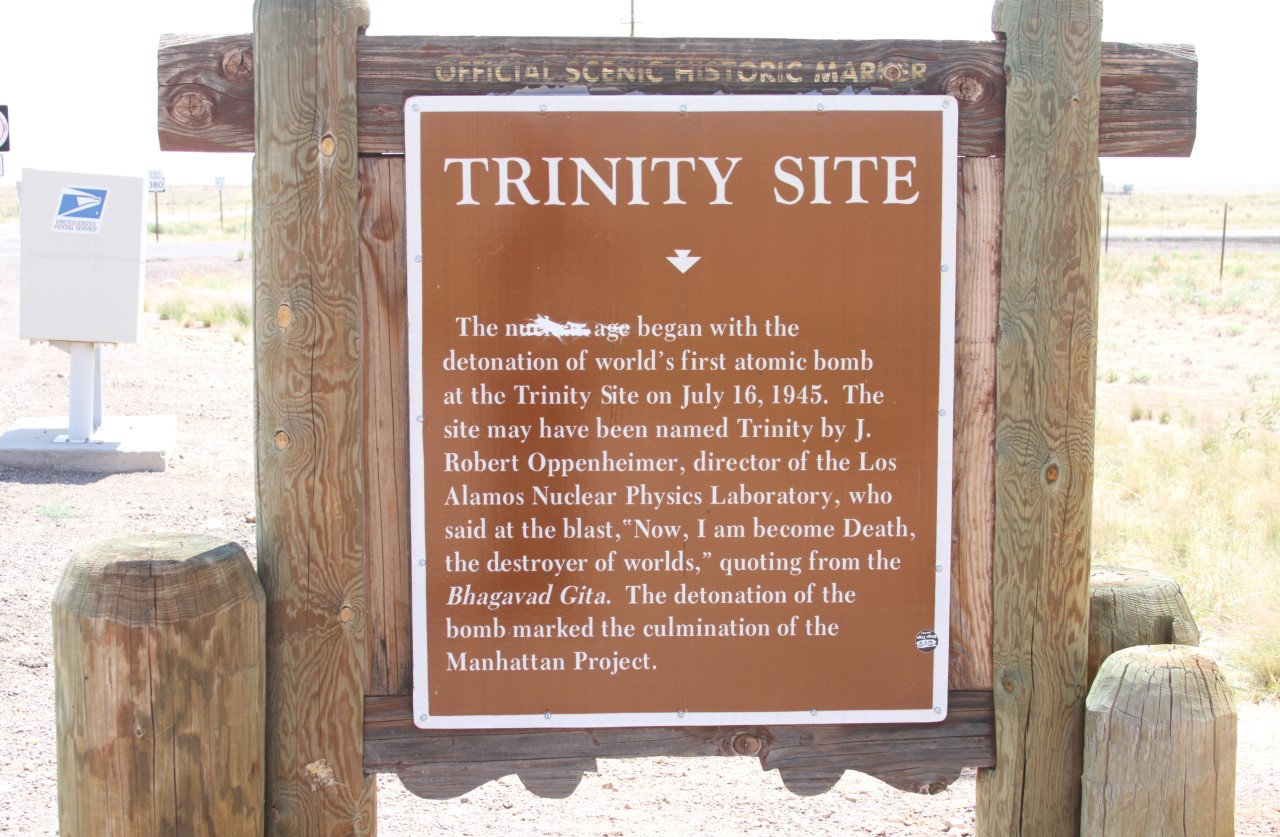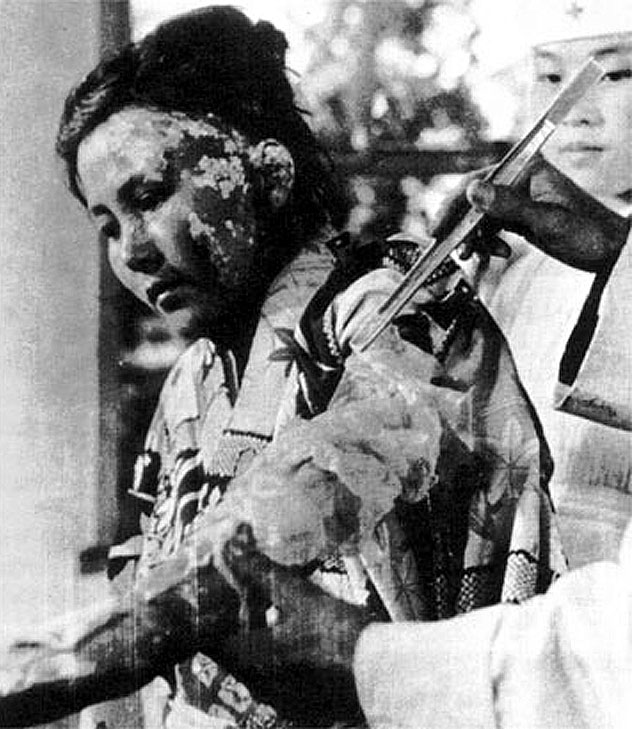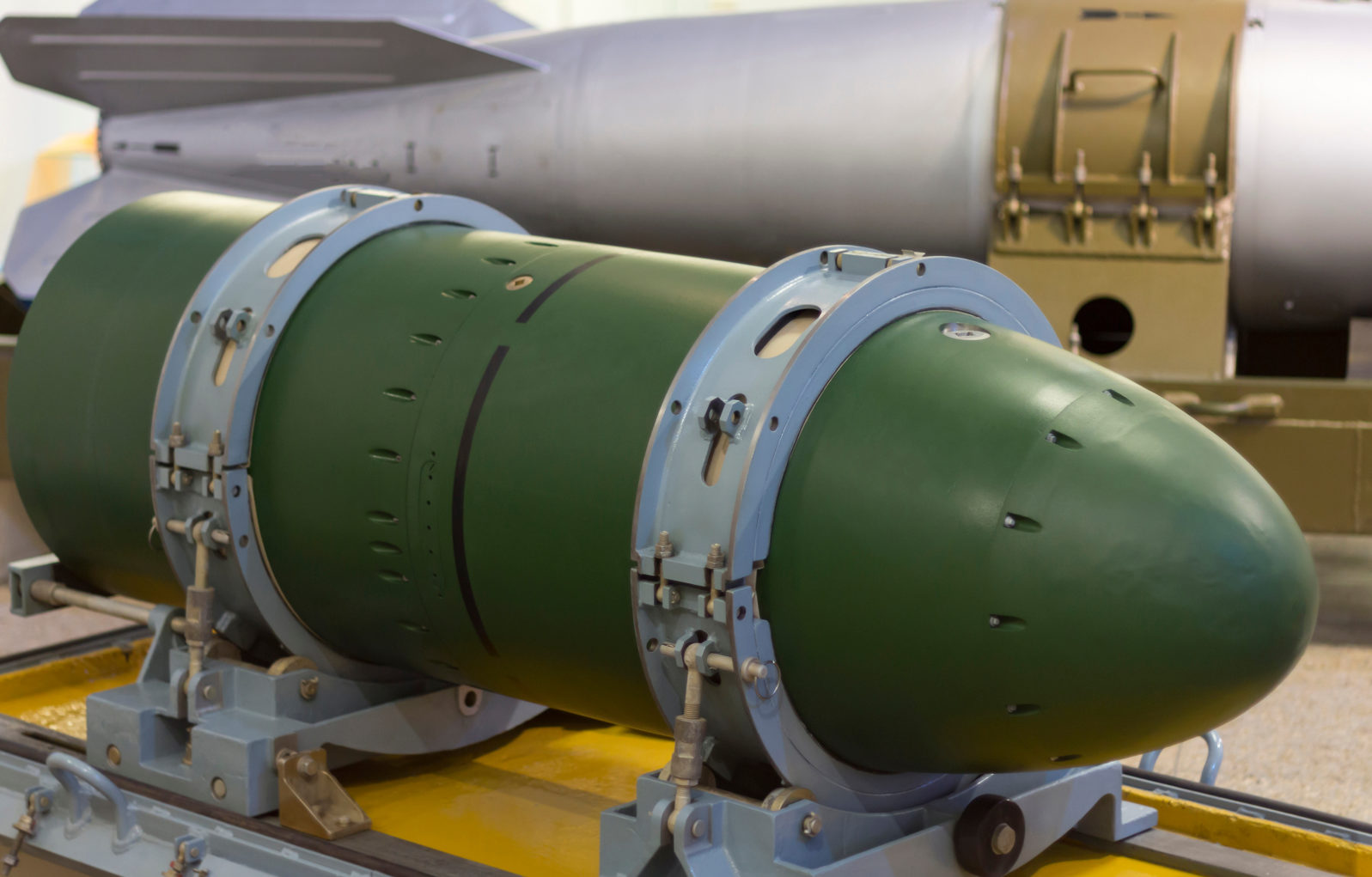What Would a Real-World Nuclear Attack Be Like?
We know some of what it would be like from the records and reconstruction of the atomic bomb attack on HiroshimaSince 1992, I’ve made annual visits to one of the most tranquil places I know, Hawaii’s Mauna Loa Observatory 11,200 feet above the Pacific Ocean. After calibrating my atmospheric instruments, every evening I photograph the sunset while thinking about the horrors of nuclear war. That’s because I’m standing behind the old Atomic Energy Commission Building, from where nuclear tests over the Pacific were once photographed.
The origin of those tests occurred 38 minutes before sunrise on July 16, 1945, when the pitch-black sky over New Mexico’s Jornada del Muerto (Journey of Death) desert was instantaneously transformed into a blinding white glare. Scientists and technicians observed this phenomenon from miles away through welder’s glass to protect their eyes. What they saw was the Trinity test, history’s first detonation of an atomic bomb.

was detonated/Forrest M. Mims III
The bomb was installed at the top of a 100-feet high tower, which its fireball instantly vaporized. Its explosive power was equivalent to 18,600 tons of TNT.
President Truman was informed that the Trinity explosion proved that combat versions of the bomb, which were ready to deploy, could quickly end World War II. After Japan ignored Truman’s demand for surrender, on August 6, 1945, a US B-29 dropped an atomic bomb on Hiroshima, Japan.
Three days later, a second atomic bomb was dropped on Nagasaki. Both cities were devastated by blasts equivalent to 15,000 tons of TNT. On August 15, Japan surrendered.
Scientists in the US and the Soviet Union quickly began the development of much more powerful atomic weapons. The result of their research was the development of the thermonuclear hydrogen bomb. Atomic bombs are detonated by conventional explosives that force together two segments of uranium. A small atomic bomb serves as a trigger for a hydrogen or H-bomb, which can produce an explosion equivalent to tens of millions of tons of TNT.
The destruction caused by the primitive atomic bombs dropped on Japan destroyed most structures within a mile of the explosion. Scientific estimates of the destructive power of multi-megaton H-bombs dwarf what occurred to Hiroshima and Nagasaki.
While H-bombs have never been used in combat, these super weapons are possessed by the US, Russia, China, the United Kingdom, France, and probably other nations. Thousands of them are installed in intercontinental ballistic missiles (ICBMs), many of which can be launched toward targets thousands of miles away. Others are installed in shorter range missiles designed to be launched from land or submarines.
Some ICBMs carry clusters of H-bombs, each of which can be tens of times more powerful than the 1945 Trinity device. The bombs are designed to strike a series of targets as they reenter Earth’s atmosphere.
Perhaps the best way to appreciate the massive destructive power of an H-bomb is to travel back in time to Hiroshima and Nagasaki shortly after both cities were struck by the second and third atomic bombs 77 years ago. British officials did just that, and they summarized their observations in a 1950 report entitled “The Effects of the Atomic Bombs at Hiroshima and Nagasaki.”
The Hiroshima section of this fearsome report described how the bomb exploded over the center of the city, where it “…it initiated innumerable fires among the wooden houses and workshops, which burned unchecked for days and gutted the Old Town and the industrial zone enclosing it.” Emergency responders were overwhelmed by the disaster they faced.
“On August 6th, the authorities in Hiroshima were making preparations to meet what they believed to be a threatened incendiary attack. They were not prepared for a holocaust.”
The resulting destruction and the deaths of tens of thousands of men, women, and children are described in the British report. Also described are the blast and radiation burns of many survivors. The report concludes with a chart summarizing the effects on the two cities with concentric circles extending outward from the center of the blasts to 2.5 miles away.

being treated at the Hiroshima Red Cross Hospital
(6 October 1945)/Shunkichi Kikuchi/
Hiroshima Peace Media Center (public domain)
Approximately half the people within one mile of the explosion were killed. At half a mile, all deaths among survivors of the blast were caused by radiation and the equivalent of 10,000 British houses were destroyed. Survivors two miles away from the explosion experienced radiation sickness.
Keep in mind that that 1950 report described the effects of atomic weapons that were far less destructive than today’s H-bombs, many of which are aimed at America’s military installations, ports, industrial centers, and major cities.
A full-scale nuclear war would likely kill and maim many tens of millions of people outright. The electromagnetic pulses (EMP) given off by each explosion and by high-altitude EMP weapons would likely disable remaining power grids and make life difficult for survivors.
Perhaps the leaders of all countries that possess nuclear weapons should be required to view color photographs of the victims and the destruction caused by the relatively small atomic bombs exploded over Japan. They need to know that civilization for them, their families and their populations will come to a fiery end should they initiate a global-scale nuclear war. They also need to know there are grave concerns that a nuclear war can begin with an accident, which they must do everything possible to prevent.
Note: The precise time of the Trinity Site detonation is from seismometry analysis by B. Gutenberg in “Interpretation of Records Obtained from the New Mexico Atomic Test, July 16, 1945” (PDF). Bulletin of the Seismological Society of America 36: 327–330, 1946. ISSN 0037-1106.
You may also wish to read:
Putin vs. Ukraine: New weapons target your electronics, not you Putin’s recent warning about “consequences that you have never experienced” could refer to EMPs that target the computer-based systems that keep us all alive today. Few cities are prepared for electromagnetic pulses that can knock out the grid, clean water, food, sewage, and emergency systems, leaving most folk helpless. (Forrest Mims)
